
Discover more at Coughton Court
Find out when Coughton Court is open, how to get here, things to see and do and more.

Coughton Court has been home to the Throckmorton family for over six centuries, and they still live here today. On a visit to Coughton, you can wander around most of the house, enjoy the fascinating collections and discover some of the family's secrets.
We now have a dedicated page 'Through the Roof Project - Future pROOFing Coughton' which has been updated regularly with news and updates on the projects as they progress as well as updates on what you can expect from your visit.
The project is now complete and the Saloon and Lady Throckmorton's Sitting room have reopened.
Every penny spent at Coughton helps us to look after and support the care of this special place. Thank you for your support.
The Front Hall is the start of a visit to the house at Coughton. It originally served as the gatehouse passageway and was open at both ends.
In the 1780s, the 4th Baronet turned it into a room decorated in the Gothic style. The ceiling was given a fine fan vault and the walls lined out to resemble masonry, although the whole effect was in fact created from plaster rather than stone.
Look out for volunteers on your way round the house. You will find that they have lots of rich stories to chat about to enrich your visit.
The staircase acts as a family tree, with many portraits showing several generations of the Throckmorton family. The earliest are at the bottom and the later generations are nearer the top.
The portrait straight ahead as you climb the first flight is of Katherine Vaux who with her husband, Sir George Throckmorton, had 19 children and 112 grandchildren.

The Blue Drawing Room is on the first floor of the gatehouse, the oldest surviving part of Coughton Court. When new in the 1530s, it would have been one of the most important rooms in the house. Following the roofing project the Blue Drawing Room has been restored to it's former glory.
Legend has it that on the 6 November 1605 Lady Digby who was the young wife of Gunpowder Plot collaborator, Sir Everard along with two Jesuit priests, Fathers Garnet and Tesimond and Nicholas Owen, the man who built the priest hole in the tower, sat in this room waiting to hear the outcome of the conspiracy.
Newly opened this year after being closed since 2019 when water poured through the ceiling during a storm. This room will highlight Mrs. Throckmorton and how she shaped Coughton Court including the house and garden we see today.
The room has been designed to reflect its history as a space that would have been used by the family to practice their religion. With the priest hole situated in this room already, we want to focus on these features.
We have created stained glass on Perspex from reference images from both churches. Additionally, we are including Tudor church music and frankincense in order to draw on as many senses as possible to evoke feelings of calm and reflection.
By dressing the room in this way, we hope visitors can use this space to reflect on how significant the Catholic faith was to the Throckmorton’s, the lengths they sought to defend their faith and the dangers of them doing so.

From the top of the Gatehouse you get superb views of the house's complex roofscape and the surrounding countryside beyond.
To the West, the avenue of limes adds a focus to the landscape. It leads the eye to the Ridgeway over which the Gunpowder Plotters fled as they attempted to escape.
Eastwards the garden leads the eye from the central courtyard to the River Arrow and the gently rolling hills of the ancient Forest of Arden beyond.
The South view is of Westminster Pool and the family's two places of worship with the North looking over the Tudor kitchens and the grand 18th-century stableyard.
The Tapestry Suite is part of the extension added to the main house by Sir Francis Throckmorton (2nd Baronet) during the late 1600s. Sir Francis inherited Coughton when he was just 9 years old.
In the Bedroom look out for the huge wardrobe known as an armoire, made from walnut during the 1600s, the half tester bed, made from mahogany dating to the Victorian period and the tapestry fragments.
The large gouache paintings displayed in the Dressing Room were painted about 1794 by the Swiss artist Abraham-Louis-Rodolphe Ducros (1748–1810) for Sir John Acton.
This year you will also get the chance to see the Bedroom Store, a newly opened room. We are highlighting how we look after our collections or why they might end up being stored.

This winter we have removed the false ceiling put in during the 1950’s to reveal an Edwardian ceiling, which has been concealed by plasterboard for 70 years.
In Elizabethan times, this was probably the great chamber, the principal first-floor reception room, where the Throckmorton's would have entertained important guests.
The room is thought to have become the Dining Room in the early nineteenth century, which cannot have been popular with the household staff, as the kitchen was almost 100 metres away at the opposite corner of the building. Look out for the sixteenth century paneling.
This room embodies the Throckmorton family’s journey from danger to triumph. Throughout the 1500s and 1600s, the Catholic relics that can be seen here would have been hidden away from public view. Their discovery would have put their owners’ lives at certain risk.
With Catholic Emancipation in 1829, the family were at last free to display their beliefs and their treasures openly, for all to see.

In the Tudor house this was the great hall, where the whole household would have gathered to eat or be entertained on special occasions. It served as a covert chapel between 1688, when the east wing was ransacked, and 1855, when the catholic chapel in the park was completed. The family would have participated in services from the level of the Tribune, while the rest of the household worshipped below, the two spaces separated by three shuttered openings.
The shutters were replaced by the wooden panelling in 1910, when Sir William Throckmorton comprehensively remodelled the space to create the present saloon. He redeployed the Elizabethan staircase from Harvington Hall, another family house near Kidderminster which has many priest’s hides. For many years Harvington had been occupied by the family's Catholic chaplains, who would have used this staircase every day.
Today this room is used for family celebrations and is also used by the National Trust for functions.

Lilian, Lady Throckmorton looked after Coughton while her nine-year-old son, Robert, was too young to run it. In1946, no longer able to run the estate on her own, she used her power of attourney to hand over the property to the care of the National Trust.
Over the years it has been used as a servants' quarters, a sitting room, a tea room and most recently to store collection items during the re-roofing project.
There is a tablet in the room which can be used to view the less accesible areas of the property.

Find out when Coughton Court is open, how to get here, things to see and do and more.
Coughton Court is home to a number of historic items. Take a closer look at two of the most important items in the collection – the Throckmorton coat and the Tabula Eliensis.
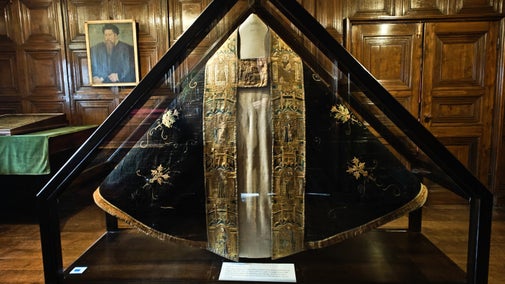
Twenty-one generations of the Throckmorton family have lived at Coughton since 1409. Over six centuries there are many stories to tell, including that of the gunpowder plot.
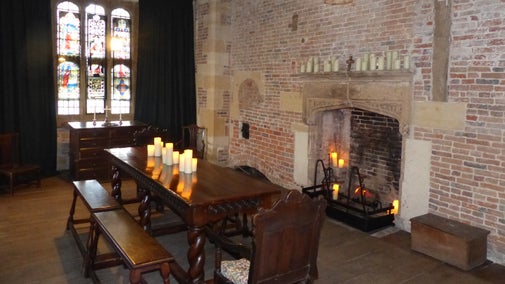
The Throckmorton family created and manages the award-winning garden at Coughton. Highlights include the walled garden, lake, knot garden, vegetable garden, orchard and bog garden.

Caring for Coughton goes on all year round, much of it behind the scenes. Find out more about the work being done to protect and restore Coughton and its treasures.

Visit Coughton Court for family-friendly events and activities in the house and garden, including woodland walks and wildlife spotting.
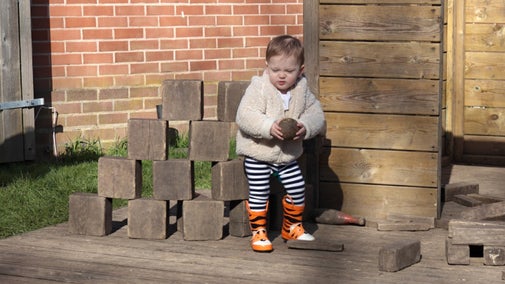
Find out more about why there are two churches at Coughton Court and the story they have to tell of the Throckmorton family’s persecution for their adherence to the Catholic faith.
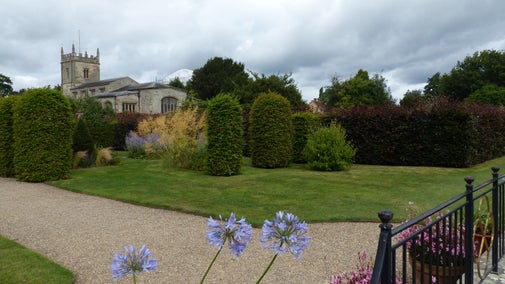
Historic houses and buildings are full of stories, art and collections. Learn more about their past and plan your next visit.
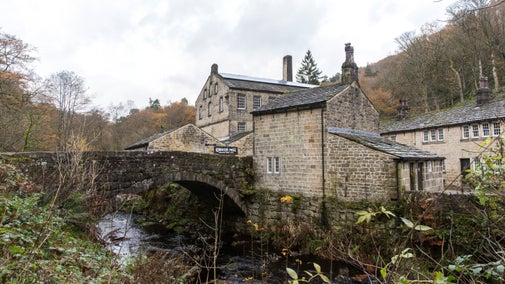
Discover the historic houses and buildings around Warwickshire, from secluded forest houses to grand rural retreats from the Tudor and Victorian eras.
